EAP0203 Assignment 2A: Presentation on Gifted and Talented Students
VerifiedAdded on 2023/06/04
|19
|1081
|485
Presentation
AI Summary
This presentation provides a comprehensive overview of gifted and talented students, covering key aspects such as definitions, qualities, and educational needs. It delves into the specifics of Gifted and Talented Education (GATE) programs, highlighting their focus on enriching and accelerating education. The presentation discusses various theories and models used for identifying and supporting gifted students, including Gagne’s Differentiated Model of Giftedness and Talent (DMGT) and Renzulli’s Three-ring Model. It also touches upon the educational provisions in Western Australia, emphasizing special programs and the training of teachers to cater to the unique needs of these students. The conclusion reiterates the importance of specialized education for gifted and talented students and underscores the role of various assessment tools and programs in identifying these students. The presentation includes references to support the information provided.
1 out of 19

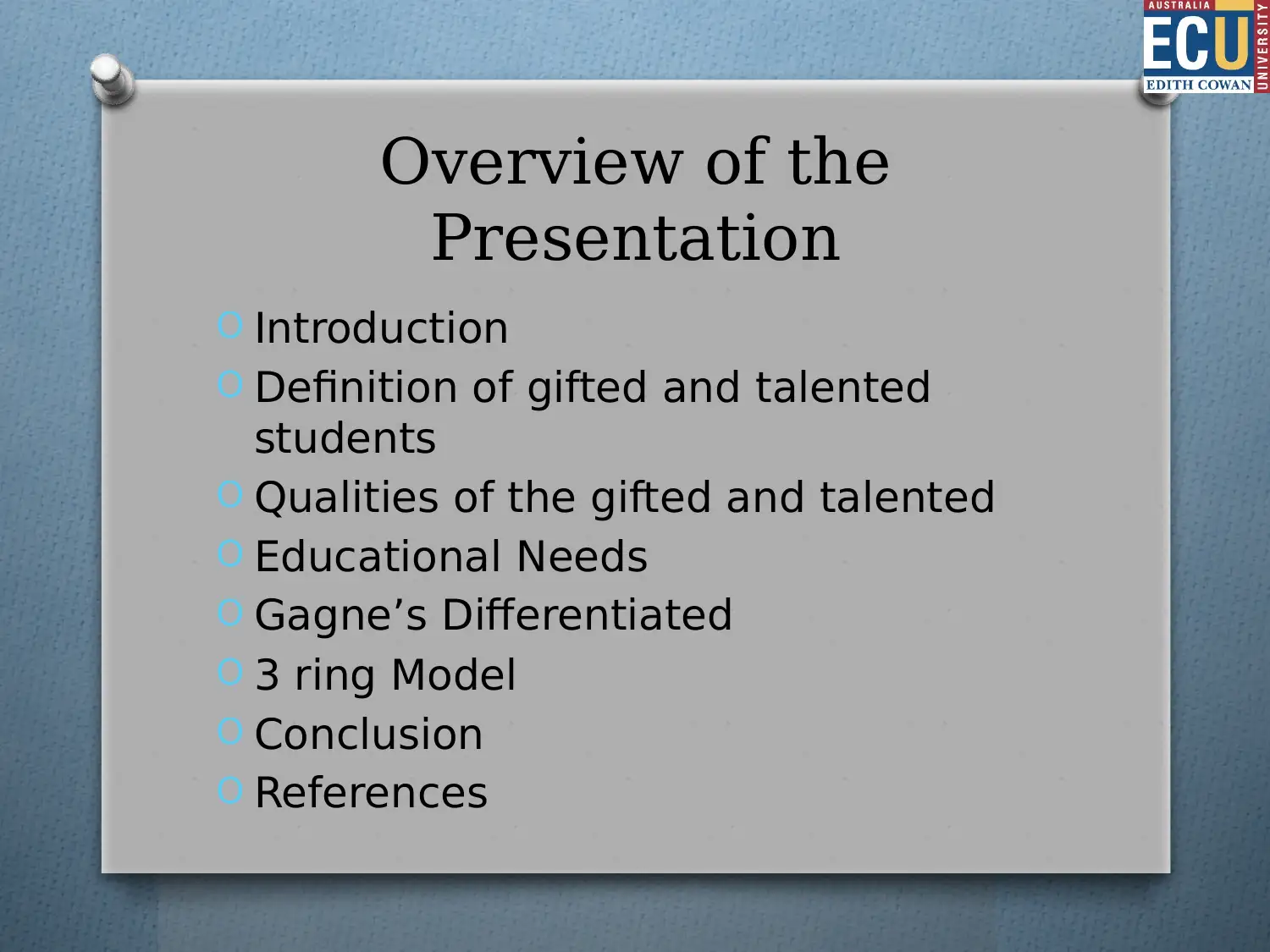


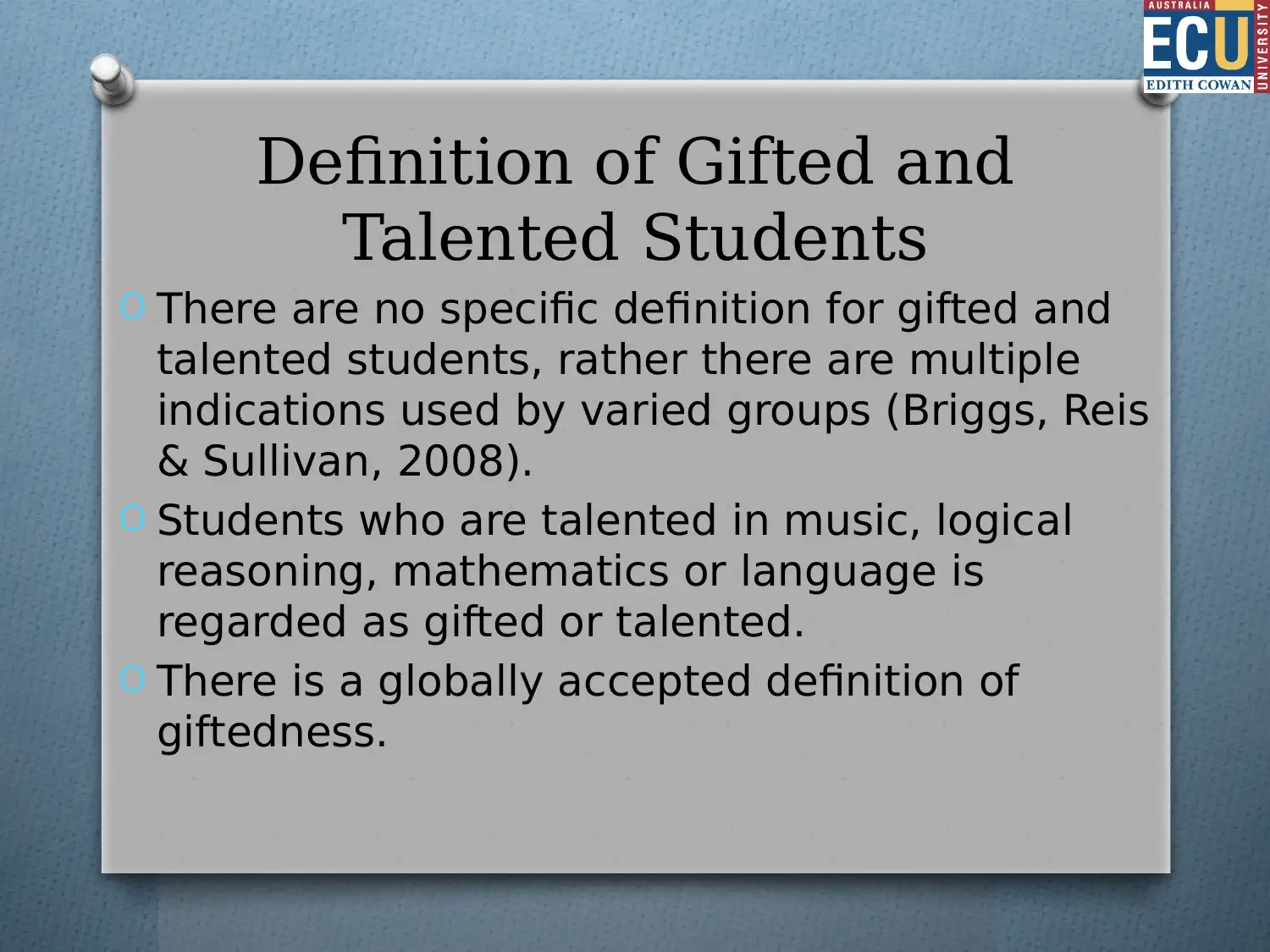
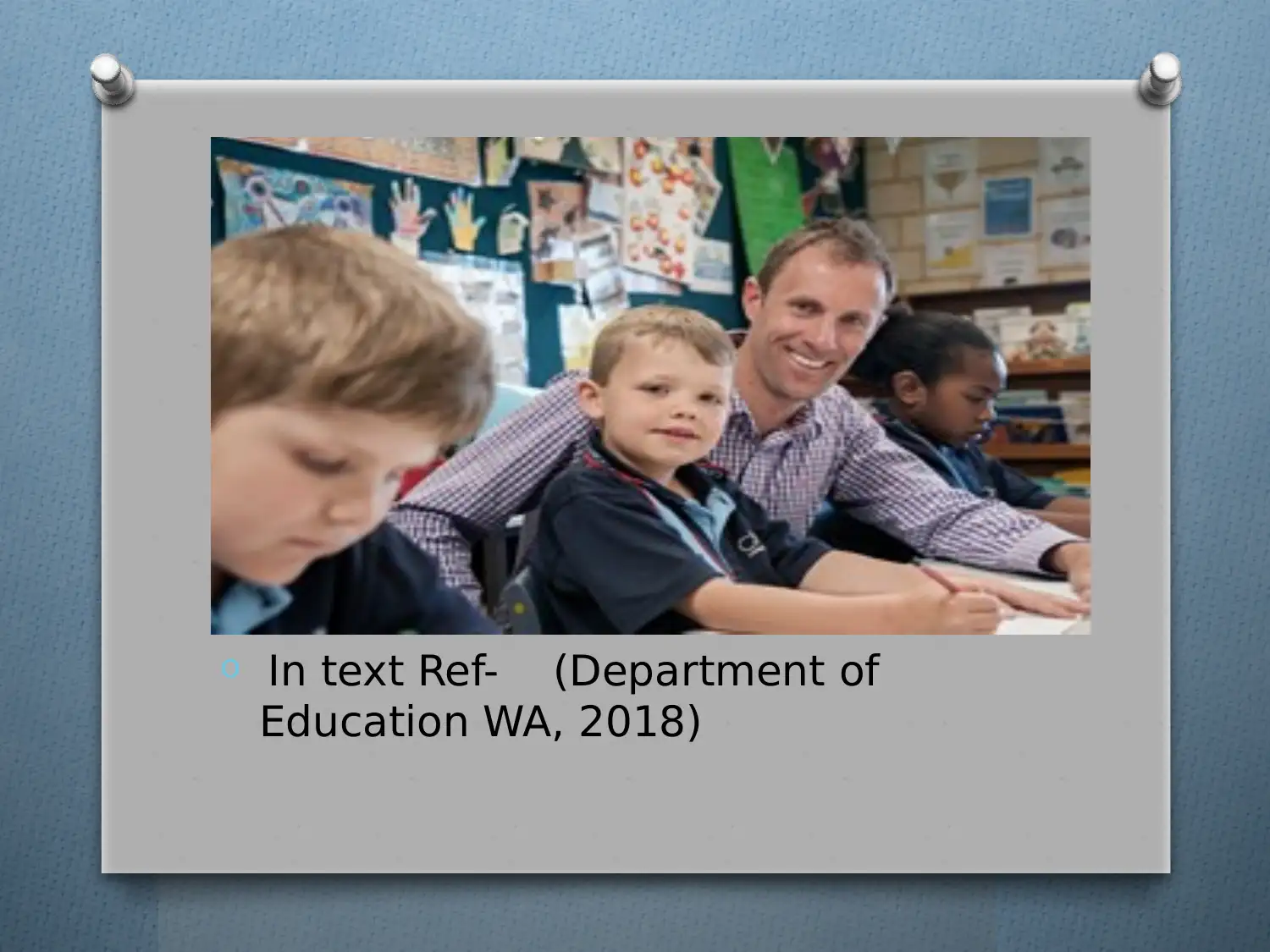

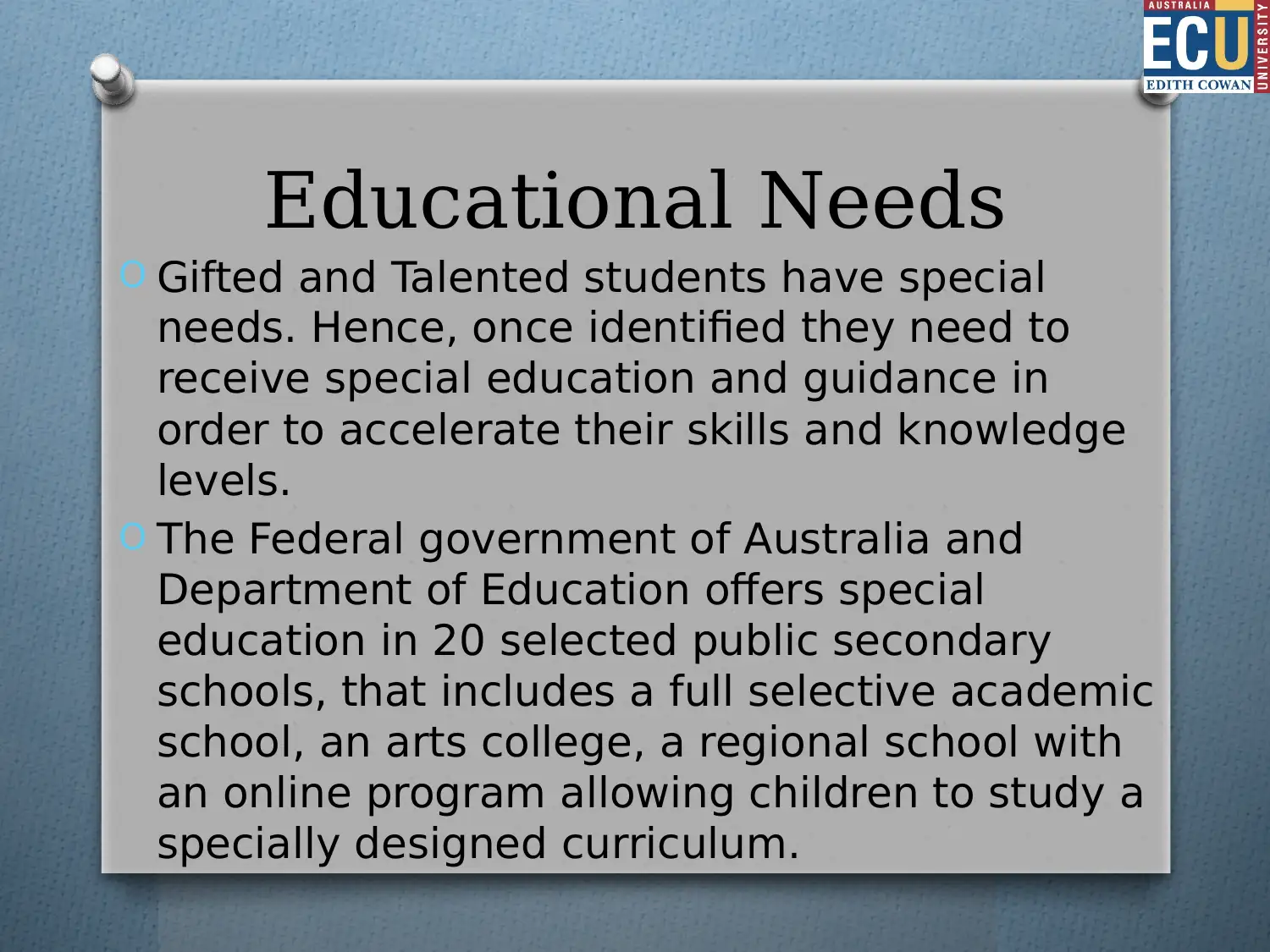
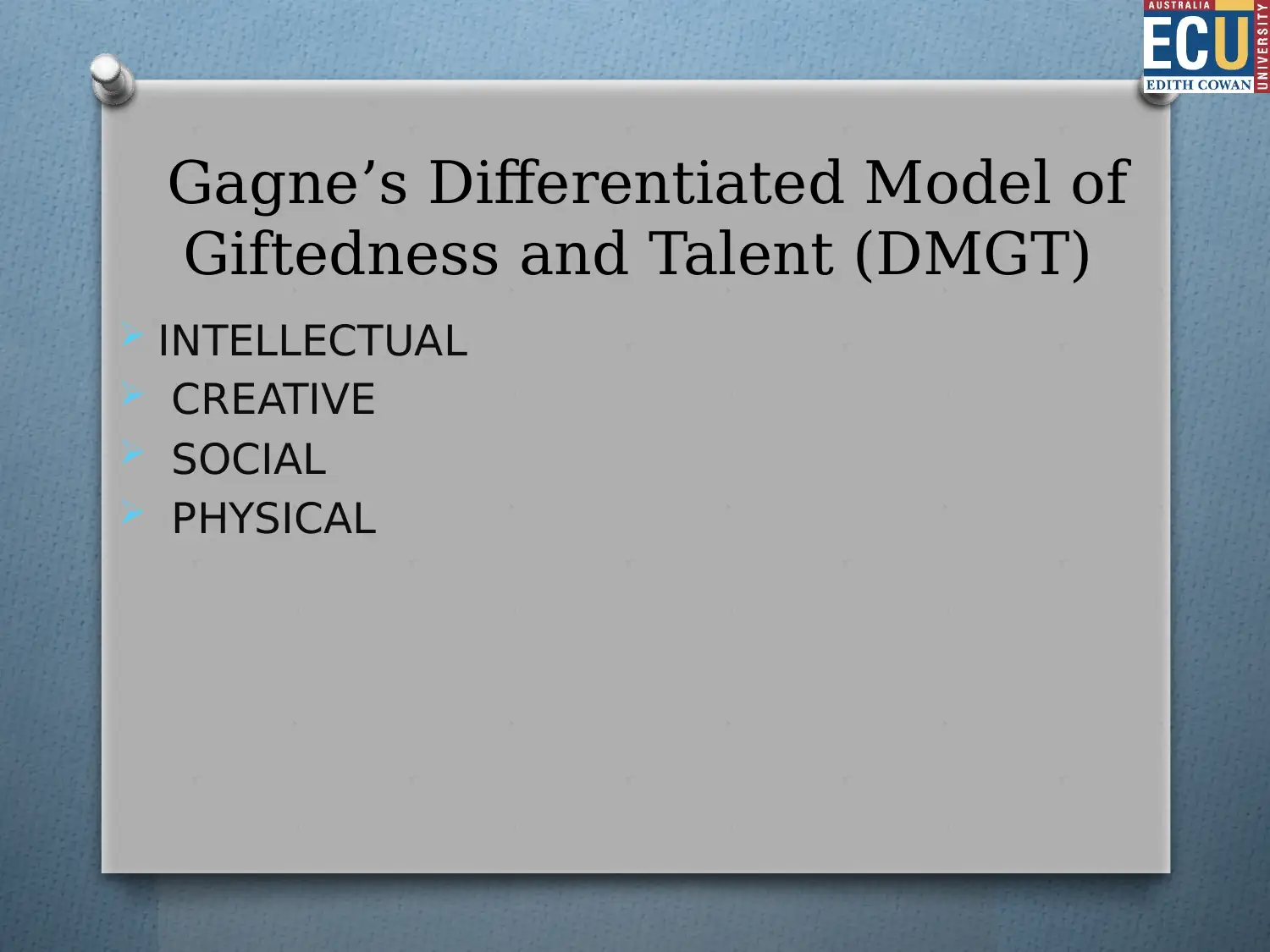
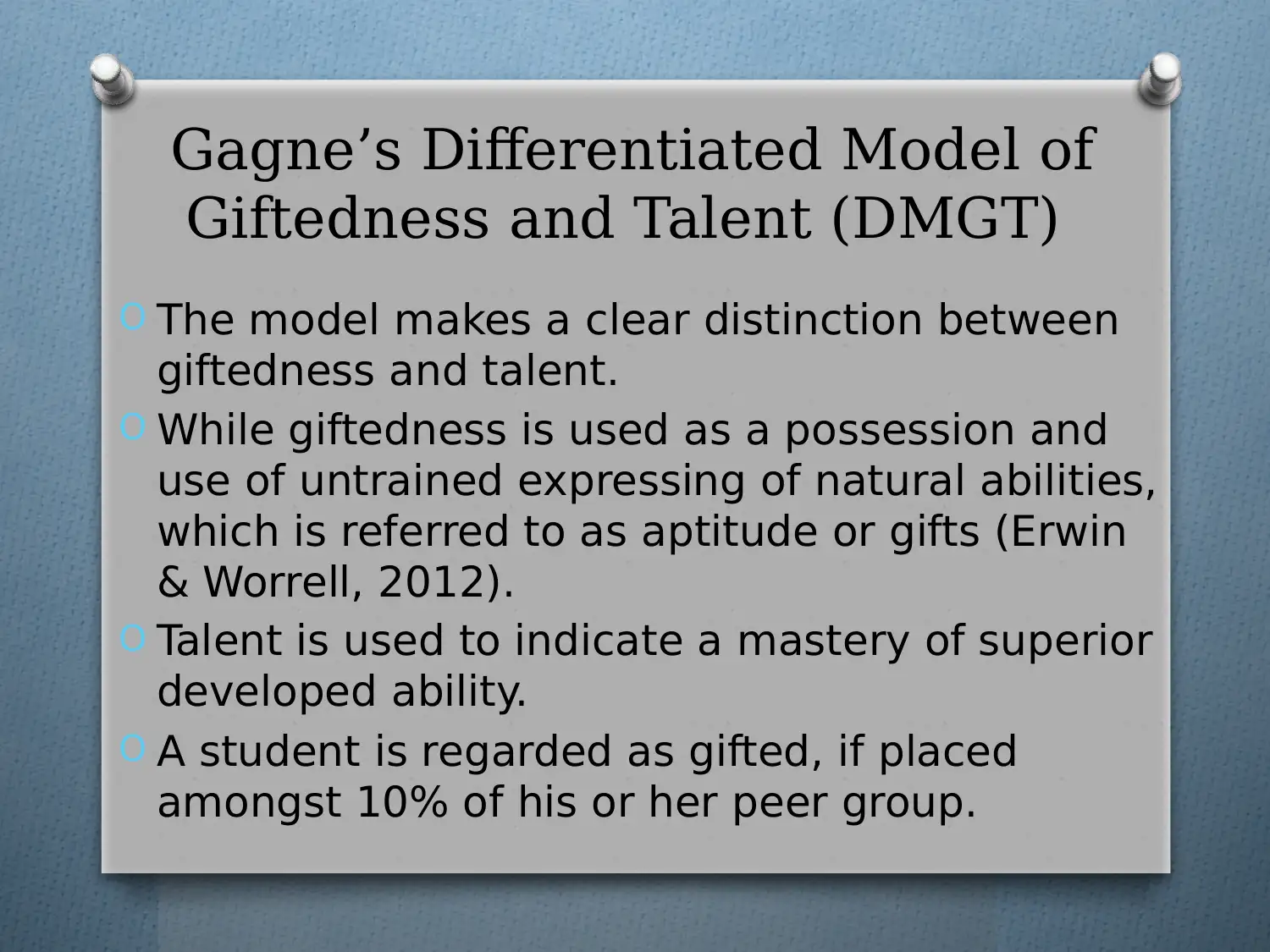
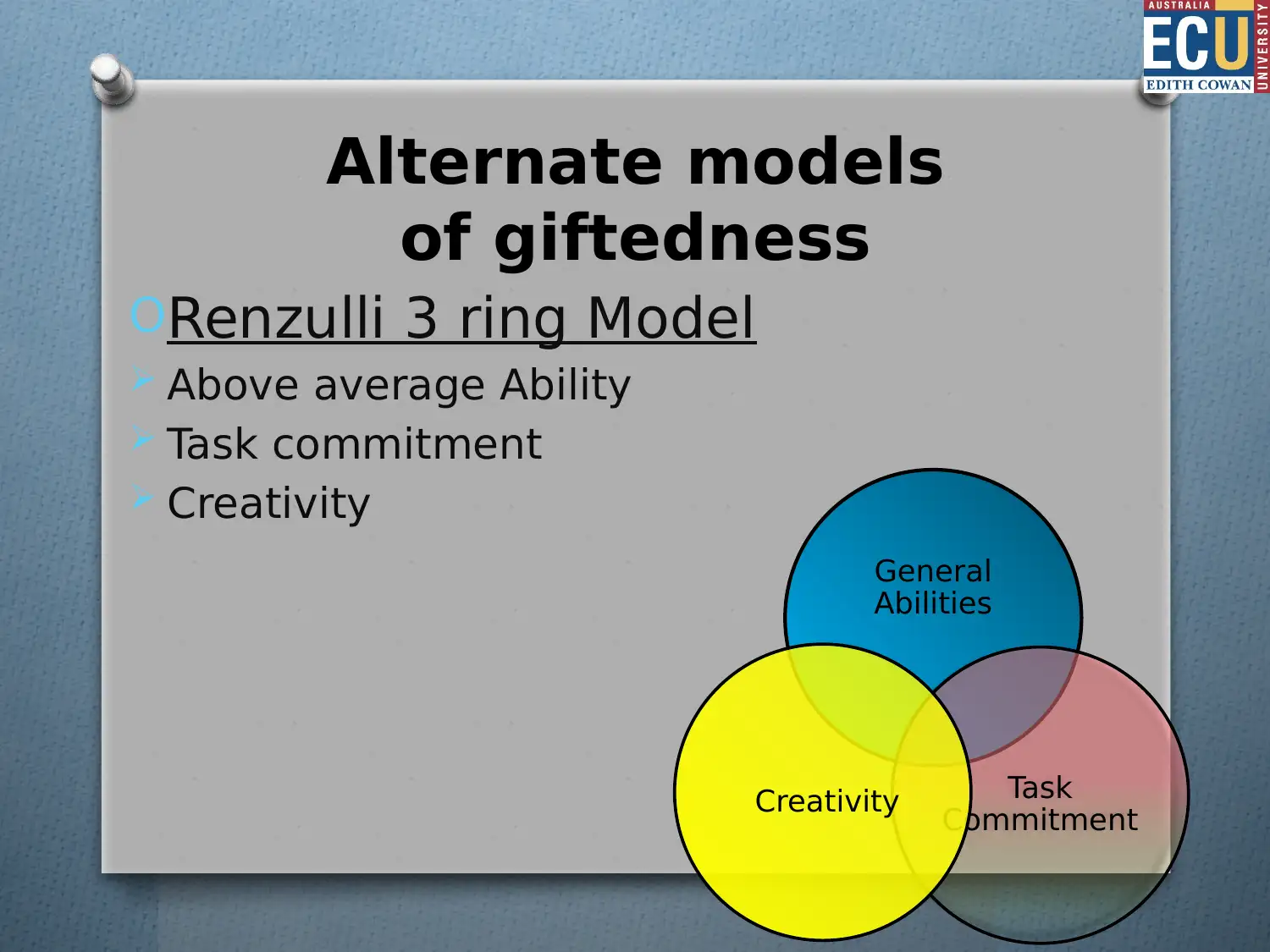
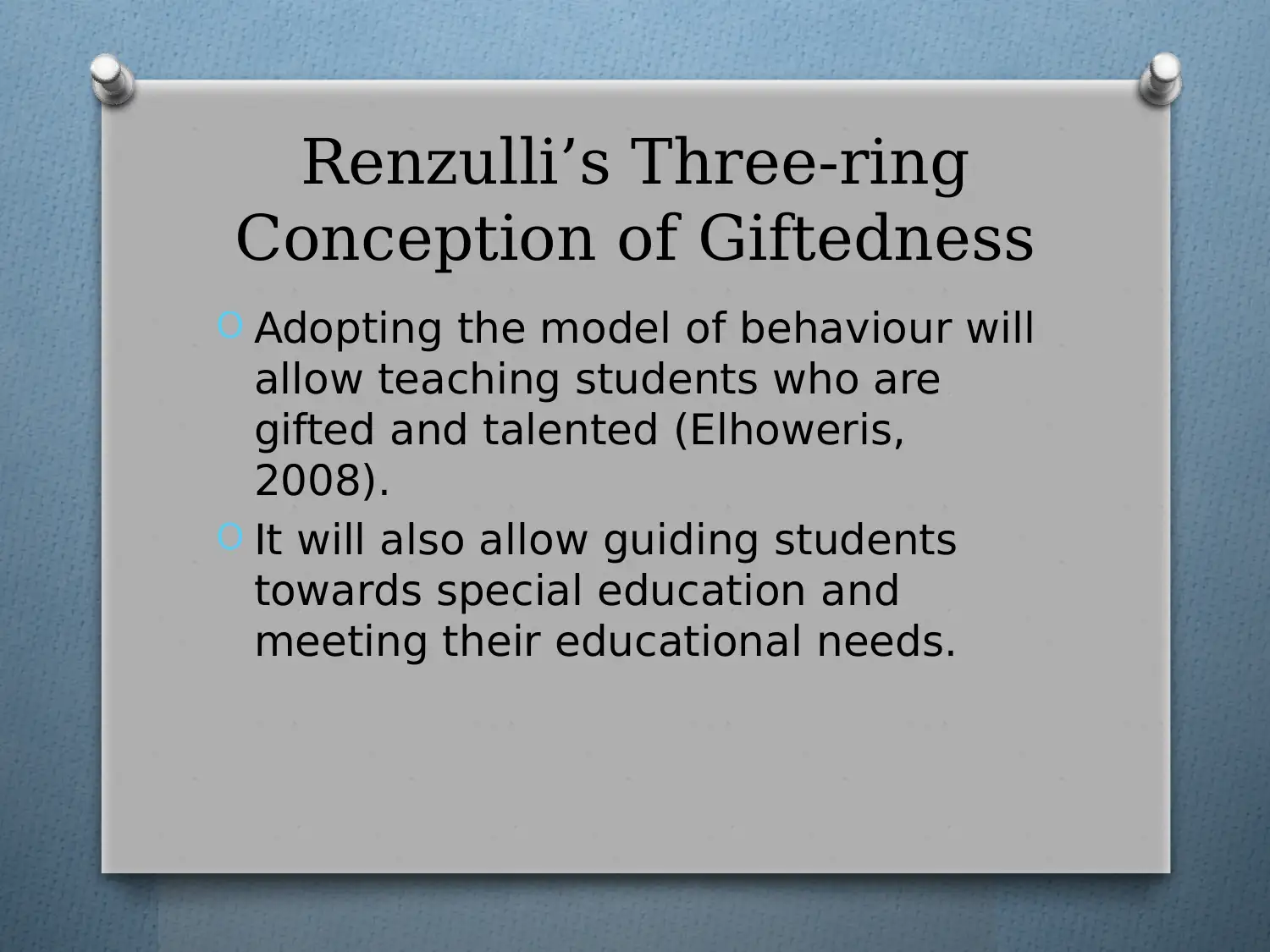
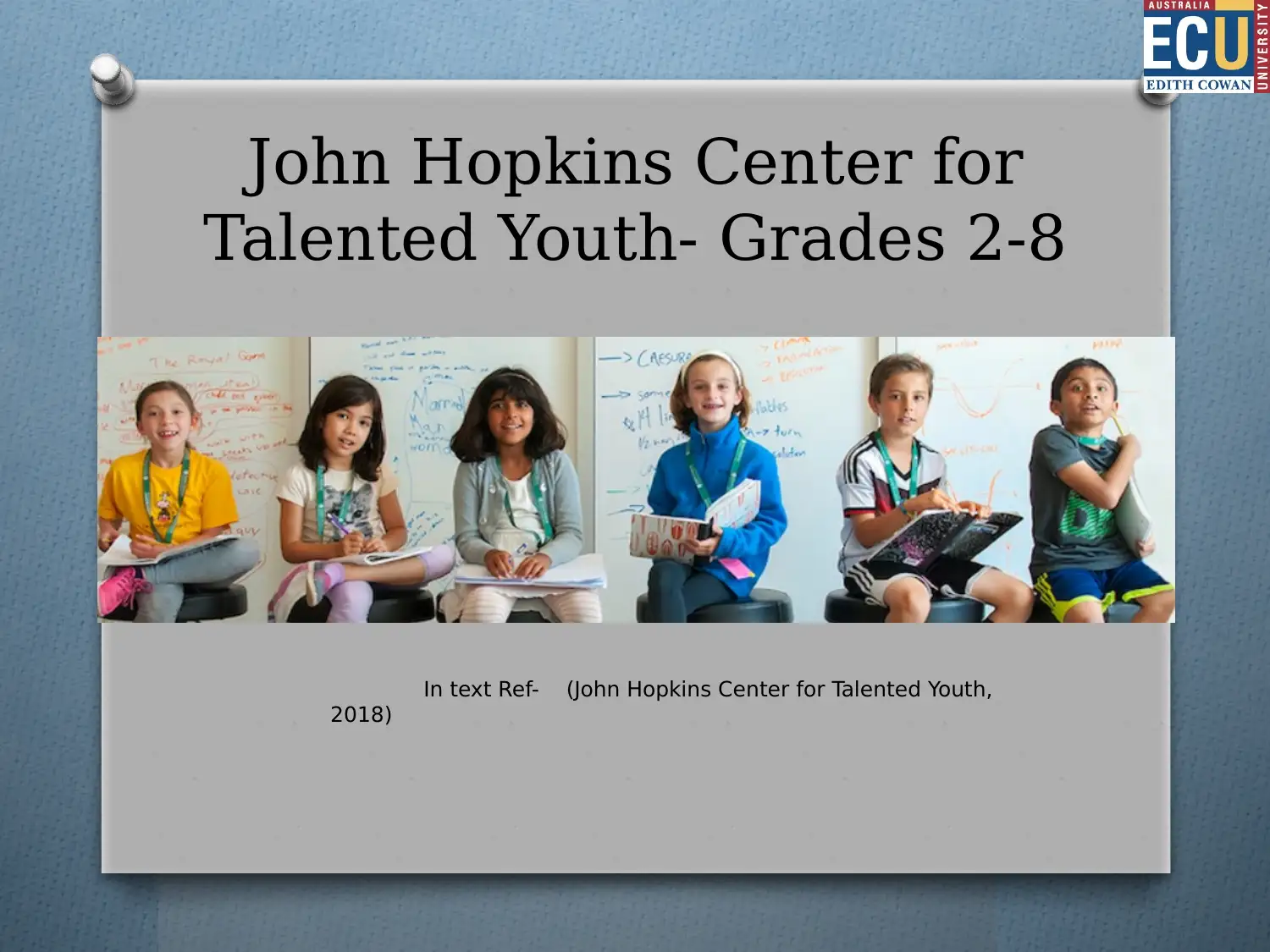

![[object Object]](/_next/static/media/star-bottom.7253800d.svg)